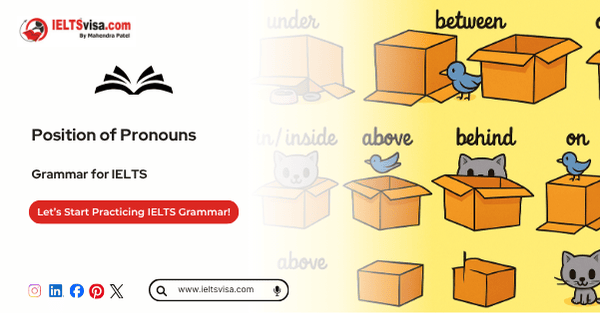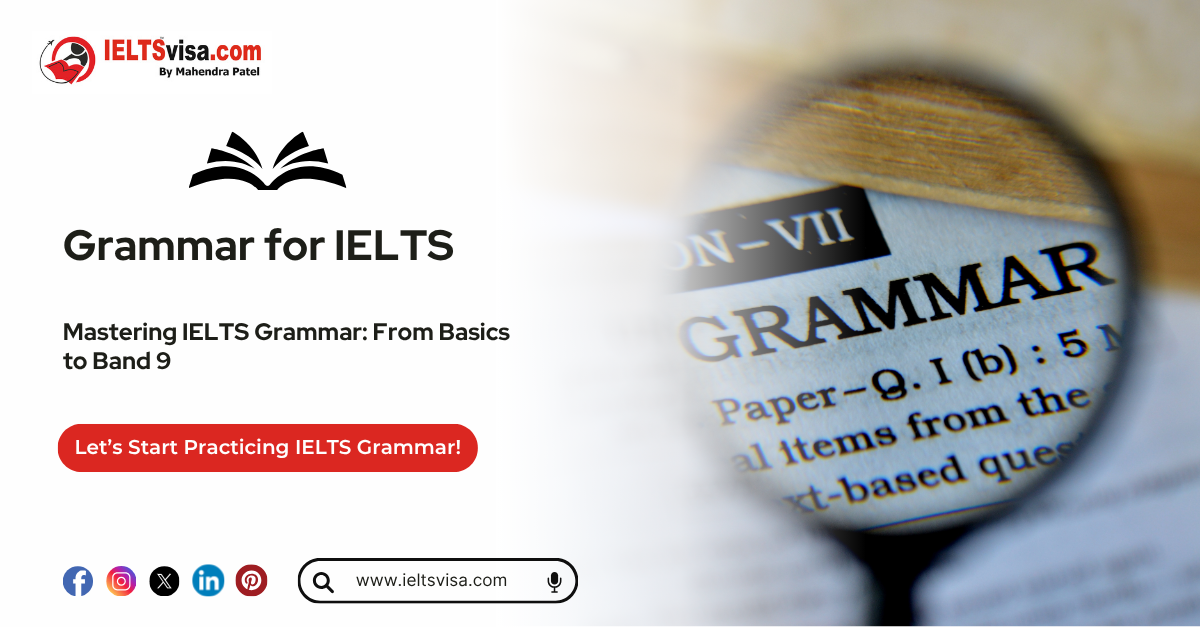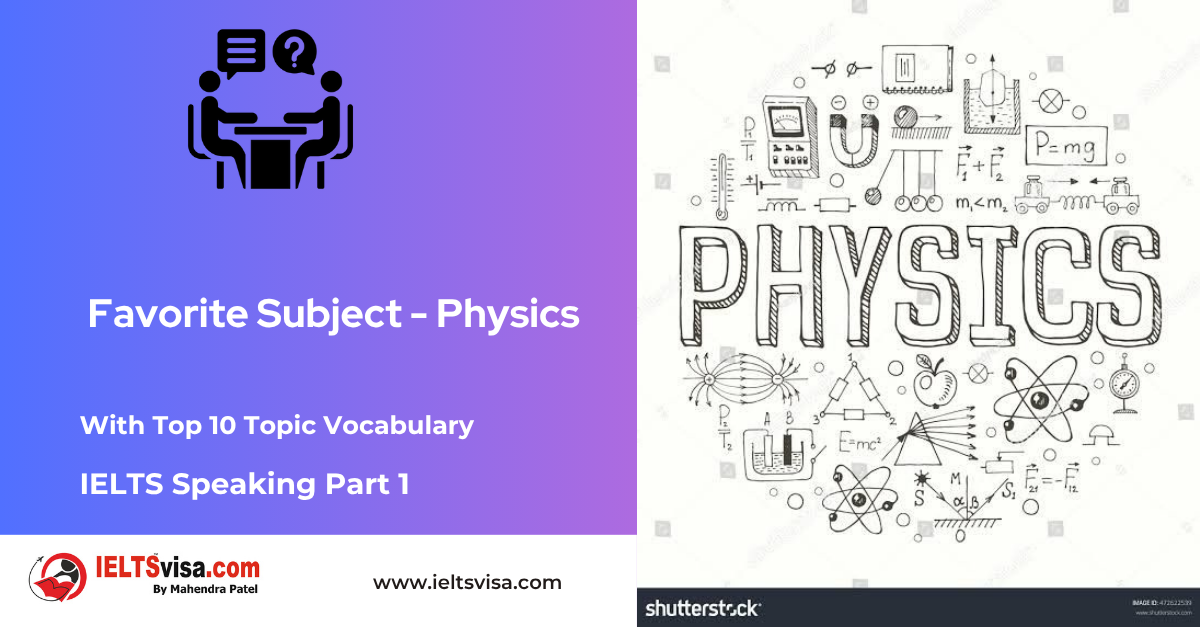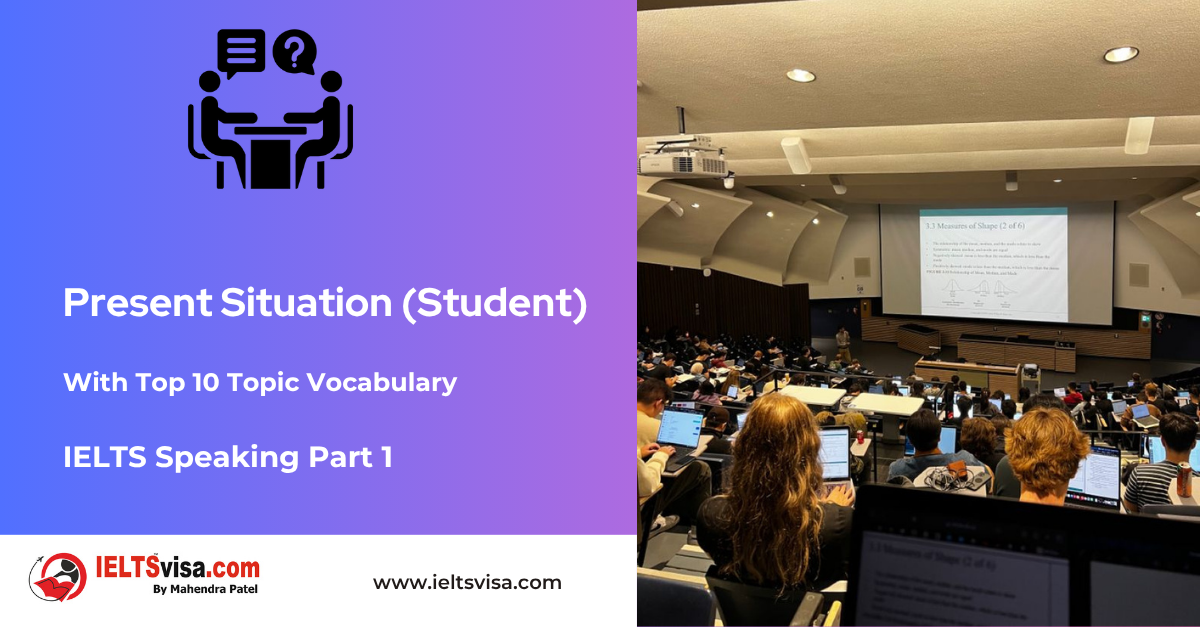Position of Pronouns
Grammar for IELTS

Position of Pronouns: Definition, Examples, and Usage
Pronouns are the backbone of concise communication in the English language. These versatile words simplify sentences, prevent repetition, and make speaking and writing more fluid. Whether you’re learning English as a beginner or refining your grammar basics, understanding pronouns is crucial for effective communication.
Table of Contents
1. What Is a Pronoun?
2. Definition of a Pronoun
3. Types of Pronouns with Examples
4. Subject and Object Pronouns
5. Common Errors with Pronouns
6. Practice Exercises
7. Frequently Asked Questions (FAQs)
What Is a Pronoun?
A pronoun is a word that takes the place of a noun to avoid repetition. For instance, instead of saying:
-
- Emily loves Emily’s dog because Emily thinks Emily’s dog is adorable,
you could simply say:
-
- Emily loves her dog because she thinks it is adorable.
Pronouns make sentences smoother and less redundant.
Definition of a Pronoun
A pronoun is defined as “a word that substitutes for a noun or noun phrase,” according to the Oxford English Dictionary. The Merriam-Webster Dictionary adds that pronouns are used to replace nouns that have already been mentioned or are understood from the context.
Types of Pronouns with Examples
Pronouns are classified based on their roles in sentences. Here are the main types:
|
Type |
Function |
Examples |
|
Personal Pronouns |
Refer to specific people or things |
I, you, he, she, it, we, they |
|
Possessive Pronouns |
Indicate ownership |
mine, yours, his, hers, ours, theirs |
|
Reflexive Pronouns |
Refer back to the subject |
myself, yourself, himself, themselves |
|
Demonstrative Pronouns |
Point to specific objects |
this, that, these, those |
|
Interrogative Pronouns |
Ask questions |
who, whom, whose, which, what |
|
Relative Pronouns |
Connect clauses |
who, which, that, whose |
|
Indefinite Pronouns |
Refer to unspecified entities |
someone, anybody, everything, none |
|
Reciprocal Pronouns |
Express mutual actions |
each other, one another |
Subject and Object Pronouns
Pronouns are used in different cases depending on their role in a sentence. The most common are subject pronouns and object pronouns.
Subject Pronouns
Subject pronouns perform the action in a sentence. They include I, you, he, she, it, we, and they.
-
- I am going to the store.
- She likes to read.
Object Pronouns
Object pronouns receive the action in a sentence. They include me, you, him, her, it, us, and them.
-
- John helped me with my homework.
- We gave them the tickets.
Key Rule: Subject vs. Object Pronouns
To decide whether to use a subject or object pronoun, consider the pronoun’s role in the sentence:
-
- He gave the book to me. (He is the subject; me is the object.)
- I borrowed her pen. (I is the subject; her is the object.)
Common Errors with Pronouns
Here are some common mistakes and how to correct them:
|
Error |
Explanation |
Correction |
|
Using object pronouns as subjects |
Object pronouns cannot perform actions |
Incorrect: Me went to the park. Correct: I went to the park. |
|
Unclear antecedents |
The noun a pronoun replaces must be clear |
Unclear: They are late. Clear: The students are late. |
|
Mixing possessive and subject pronouns |
Possessive pronouns cannot act as subjects |
Incorrect: Her likes singing. Correct: She likes singing. |
Practice Exercises
Fill in the blanks with the correct pronouns:
1. ________ (He/Him) is my best friend.
2. The teacher asked _________ (we/us) to stay after class.
3. Lucy and ________ (I/me) went to the library.
4. The dog wagged ________ (its/their) tail.
5. Did you see ________ (who/whom) he was talking to?
Frequently Asked Questions
Q1: What is a pronoun?
A pronoun is a word that replaces a noun to avoid repetition and simplify sentences.
Q2: What are subject and object pronouns?
-
- Subject Pronouns: Perform the action in a sentence (I, you, he, she, we, they).
- Object Pronouns: Receive the action in a sentence (me, you, him, her, us, them).
Q3: How can I avoid pronoun errors?
-
- Ensure the pronoun matches its antecedent in number and gender.
- Use subject pronouns for actions and object pronouns for receiving actions.
- Clarify unclear antecedents.

Our Books
Master IELTS Speaking Part 1
IELTS Writing Task 1 Book
IELTS Writing Task 2 Book
Practice IELTS Other Modules
IELTS Listening
The IELTS Listening test assesses how well you can understand spoken English in various contexts. It lasts about 30 minutes and is divided into four sections with a total of 40 questions. The listening tasks become increasingly difficult as the test progresses.
IELTS Academic Reading
The IELTS Academic Reading section assesses your ability to understand and interpret a variety of texts in academic settings. It is designed to evaluate a range of reading skills, including skimming for gist, reading for main ideas, reading for detail, understanding inferences, and recognizing a writer's opinions and arguments.
IELTS Speaking
The IELTS Speaking test assesses your ability to communicate in English on everyday topics. It lasts 11-14 minutes and consists of three parts: introduction, cue card, and a discussion based on the cue card topic.
IELTS General Reading
IELTS General Reading tests your ability to understand and interpret various types of texts. Here are some key areas and types of content you can expect to encounter in the reading section, along with tips for effective preparation.
IELTS Academic Writing Task 1
In IELTS Academic Writing Task 1, you are presented with a visual representation of information, such as graphs, charts, tables, or diagrams, and you are required to summarize, compare, or explain the data in your own words.
IELTS General Writing Task 1
In IELTS General Writing Task 1, you are required to write a letter based on a given situation. The letter can be formal, semi-formal, or informal, depending on the prompt. Here’s a breakdown of the key components to include in your letter
IELTS Academic Writing Task 2
In IELTS Academic Writing Task 2, you are required to write an essay in response to a question or topic. Here’s a guide to help you understand the essential elements of this task
IELTS Exam Tips
To succeed in the IELTS exam, practice regularly, familiarize yourself with the test format, improve your vocabulary, develop time management skills, and take mock tests to build confidence.
Grammer for IELTS
Grammar is the foundation of effective communication in English. Understanding tense usage, subject-verb agreement, and sentence structure enhances clarity and coherence in writing and speaking.
Vocabulary for IELTS
Vocabulary plays a crucial role in the IELTS (International English Language Testing System) exam, especially in the Speaking and Writing sections. Here’s an overview of why vocabulary is important and how it impacts your performance
RECENT IELTS SAMPLES QUESTIONS AND ANSWERS
IELTS Speaking Part 1 – Favourite Sujbect – Physics
IELTS Speaking Part 1 - Favourite Sujbect - Physics Q: What is your favourite subject? A: My favourite subject...
IELTS Speaking Part 1 – Present Situation (Student)
IELTS Speaking Part 1 - Present Situation (Student) Q1: Are you a student or do you work?A: I’m a full-time...
IELTS Speaking Part 1 – Present Situation – Employee – as an International Student and Social Worker
IELTS Speaking Part 1 - Present Situation - Employee - as an International Student and Social Worker Q1: Are...
IELTS Speaking Part 1 – Persent Situation – Employee- as an Electric Engineer
IELTS Speaking Part 1 - Persent Situation - Employee- as an Electric Engineer Q1: What do you do for a...
IELTS Speaking Part 1 – Persent Situation – Employee – as an Software Engineer
IELTS Speaking Part 1 - Persent Situation - Employee - as an Software Engineer Q1: What do you do for a...
IELTS Speaking Part 1 – Persent Situation – Married
IELTS Speaking Part 1 - Persent Situation - Married Q1: Are you married?A: Yes, I am married. My spouse and I...













